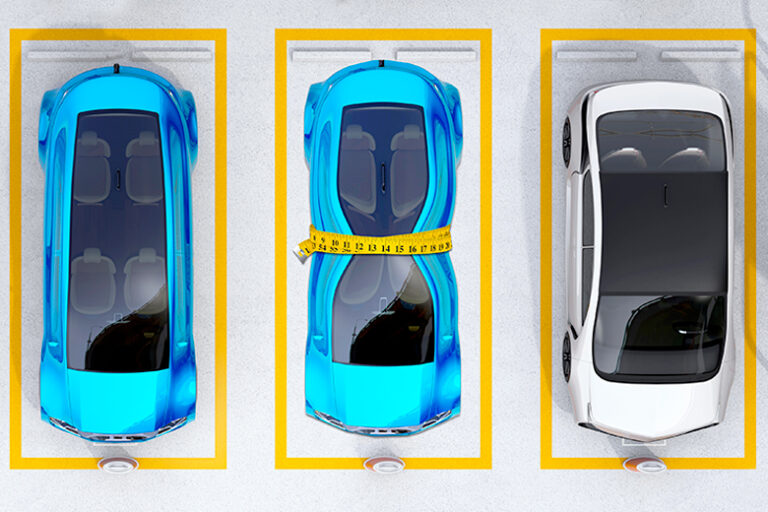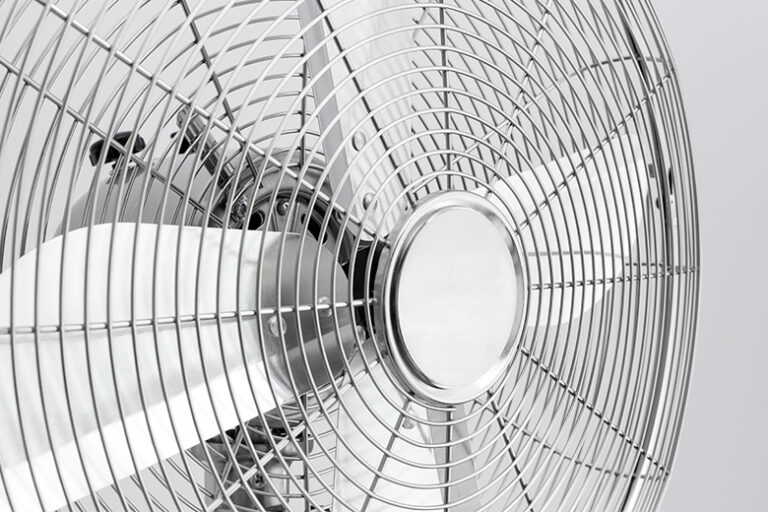Electric vehicles (EVs) and hybrid electric vehicles (HEVs) are recognized internationally as part of our path to a more sustainable future. Electric powertrain technology is critical to designing lighter, more efficient electric cars – and ultimately, the widespread adoption of EVs. Engineers are approaching propulsion system design for EVs in a number of ways. Depending on the design goals of a particular manufacturer, the ideal electric powertrain for an EV may be an Electric Drive Unit (EDU), Electric Drive Module (EDM), or one or multiple eAxles (also known as electric axles). While these systems differ in the specific components involved and the level of integration required, the engineers designing them are facing similar challenges.
A primary focus of powertrain system engineers is improving how the motor, power electronics, and transmission work together to optimize performance and increase vehicle range. One approach to maximizing powertrain efficiency is to optimize the performance of individual components. For example, Silicon Carbide (SiC) MOSFETs represent an exciting step forward in power electronic technology. Compared to traditional silicone-based devices, SiC MOSFETs offer faster and more precise control of power electronics and can operate at higher temperatures without compromising performance [1]. As a result, EVs using this technology can realize increased power efficiency, reduced energy losses, and improved overall vehicle range [1].

Electric powertrain designers are also experimenting with various system architectures and levels of integration. Depending on a specific EV’s need for performance and efficiency, a single-motor and or multi-motor powertrain may be an ideal solution. Using multiple motors can increase efficiency because only one motor may be required under certain operating conditions [2]. Some vehicle designs use eAxles, which are fully integrated electric powertrain systems. Bosch’s eAxle utilizes more than 93% of its energy input, a significant increase from the 80% efficiency that modern EV powertrains are realizing [3]. Because of their modular nature, EDUs and EDMs represent a more flexible approach to powertrain system design and can be adapted to a wider range of vehicle architectures and performance needs. EV and HEV designs vary greatly in how the motors, gearboxes, and transmission systems are arranged and integrated. Selecting the best design for a particular vehicle is essential to ensuring that the powertrain operation is as efficient as possible.
While reducing weight is always desirable in the automotive industry, the need for lightweight components is even more pressing in EVs and HEVs. Because the battery represents a significant contribution to the weight of an EV or HEV, there is growing demand globally for new technologies to help improve battery power density [4]. More advanced powertrains can also help reduce a vehicle’s power requirements by deploying energy efficiently. In addition, by shedding any unnecessary weight that may be associated with fluids, materials, or components in the powertrain, designers can increase a vehicle’s range. In some cases, a 10% reduction in vehicle weight can result in a 13.7% improvement in range [5]. Considering that range anxiety is still a primary barrier to purchasing an electric vehicle among consumers, reducing weight is a priority for EV and HEV OEMs [6]. When designing powertrain systems, engineers are exploring new, lightweight materials such as carbon-reinforced plastic (CFRP) to replace steel in applications such as the rotor shaft for internal motors [7]. Designers are also calling for higher strength and more lightweight alloys to be developed for use in battery enclosures and electric motor housings [8].

Reducing the size of components, manifold cases, and housings is another way to eliminate weight in EV powertrains. With these needs in mind, The Lee Company offers the most compact fluid control components available. Our miniature check valves, pressure relief valves, single-orifice restrictors, and targeting orifices are used to minimize weight in powertrain fluid control systems and reduce the volume of fluid required for operation. We have also designed dual-function valves, such as flow controls, restrictor check valves, and check / relief valves that can help designers save weight by accomplishing the function of two components in a single, compact envelope. In addition, our expansion plugs are engineered to be installed into the shallowest installation hole possible, allowing design engineers to reduce the size of manifold cases and housings.
The weight of the powertrain can also be reduced by minimizing the fluid required to cool and lubricate components such as gear meshes or bearings. Traditional splash cooling is often inefficient for EV applications, so force lubrication and spray lubrication are becoming more popular [9]. Our targeting orifices are ideal for use in these applications because they offer reduced fluid flow with increased fluid velocity to penetrate small gaps in gear meshes and bearings. As a result, designers can downsize the electric oil pumps and reduce the fluid used in these systems.
The amount of heat generated by electric powertrains has been growing continuously alongside increasing HEV and EV performance requirements. Managing the cooling and lubrication needs of the motor, stator, gear train, end coils, and windings is central to efficient system operation. Specialized fluids and additives with appropriate electrical, material compatibility, and cooling properties are being developed specifically for HEVs and EVs [10]. Thanks to their improved dielectric properties over water-based coolants, EV engineers are using oil-based coolants for thermal management [11]. EV and HEV OEMs are increasingly seeing lubricant oil as a design component and are seeking fluids tailored specifically to the needs of their hardware design [12]. Although it requires significant investment to develop these specialized fluids, a significant payoff can be realized if the vehicle achieves better performance over its lifetime.

We offer a variety of solutions that are designed to direct coolant flow to components in the powertrain while using as little energy and fluid as possible. Our single-orifice restrictors efficiently distribute coolant to windings, rotor shafts, bearings, and gearboxes while minimizing fluid and energy losses. Lee check valves are a preferred solution for managing fluid flow in transmissions and motors because they offer high flow rates and extremely low leakage in a compact package. Our dual-stage orifices and pressure relief valves can supply additional coolant when required – allowing the pump to run more efficiently under normal operating conditions while providing necessary coolant under high-load conditions. Because they are engineered to perform their intended function in the smallest possible package and with as little fluid as possible, our components enable designers to improve the overall performance of the cooling system by reducing energy use and weight.
For more than 75 years, The Lee Company has provided engineered solutions to solve the toughest fluid control problems. We have supplied a vast range of precision miniature hydraulic components that have been field-proven in millions of vehicles around the world and are uniquely equipped to help automakers meet the performance reliability standards required for next-generation EV design. We provide solutions – not just products. Nearly 80% of our automotive projects require custom-engineered solutions to specific customer problems. Lee engineers regularly meet with customers to discuss their needs on an engineer-to-engineer level. Our global presence allows us to provide local and accessible technical support to our customers with engineering resources, leadership, and manufacturing facilities on site to streamline product development and innovation. Lee components are made in the U.S. and are 100% functionally tested to guarantee performance throughout the life of the systems they are installed in. We are IATF 16949 and ISO 9001-certified, PPAP ready, and compliant with RoHS and REACH. The Lee Quality Management System is recognized as a benchmark to independent auditors and our stringent product development and revalidation testing requirements – 0.27 PPM defect rate for our automotive group in 2023 – allow automakers to focus on system level challenges instead of component level problems.
If you are looking for a fluid control supplier for your EV design or other new vehicle technology and would like to learn more about products offered by The Lee Company, contact a Lee Sales Engineer today.
Sources
Always verify flow calculations by experiment.
*There are many parameters to consider when determining V-Factor. Click here for more information.